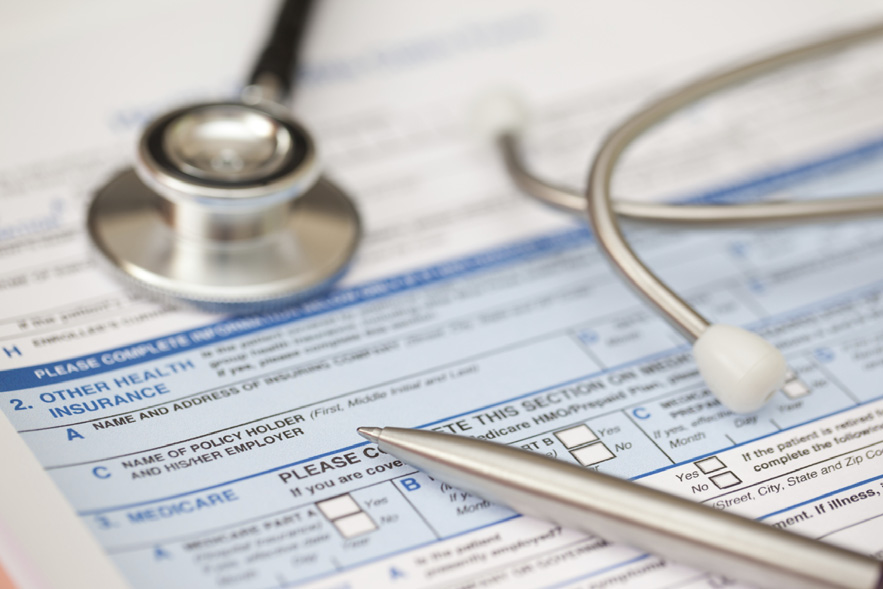Updated: March 25, 2020
On March 24, 2020, the Labor Department issued a news release, 2 facts sheets, and Q&As with information for employers and employees about how each can take advantage of the paid leave provisions that were enacted on March 18th as part of the Families First Coronavirus Response Act.On March 20th, the IRS issued guidance on the use of the refundable payroll tax credits, and indicated that additional guidance was coming.
In general, the provision requires employers with less than 500 employees to provide paid sick leave and paid family leave to their employees from April 1, 2020 to December 31, 2020. This is intended to cover leave relating to COVID-19. In return for providing the benefits, the federal government will provide payroll tax credits (up to certain caps) to employers to fully cover the cost of the benefits. The credits are applied on a real-time basis against the employer’s withholding tax obligations and are refundable if they exceed the quarterly payroll withholding obligation.
The Q&A guidance addresses critical questions about the law, including the following (along with short answers in blue):
- Effective dates? For leave taken between April 1,2020 and December 31, 2020.
- How to count the employees to see if the employer is covered? The definition of employee is defined broadly, but excludes independent contractors. Employees of joint employers under the Fair Labor Standards Act are combined for this purpose, and two or more entities are combined if they meet the “integrated employer test” under the Family and Medical Leave Act of 1993.
- How small businesses (with less than 50 employees) can obtain an exemption? To be addressed in future guidance.
- How to count hours for part-time employees? Use the average number of hours in a 2-week period, taking a 6-month average of these amounts. Other rules apply if employee worked less than 6 months.
- How to calculate wages employees are entitled to receive under the law? Overtime hours are included, but not premium overtime pay, and sick pay is capped at 80 hours.
There are 14 Q&As in total, and not all of them are summarized here. The fact sheets explain the rules in plain English, though interpretative questions remain.
The Labor Department also stated it will issue workplace posters and additional fact sheets and Q&A guidance, starting next week.
The Labor Department news release is here; the employer’s fact sheet is here; the employee’s fact sheet is here; and the Q&As are here.
If you have questions about the guidance, please reach out to your Withum advisor.
Update: March 20, 2020
1. Who is impacted by the law?
- It applies to employers with less than 500 employees. The law is designed to put small- and medium-size employers on the same footing as large employers who already provide similar paid leave to their employees.
- The Labor Department is empowered to exempt from the child-care leave requirement employers with less than 50 employees if the employer can prove the law would jeopardize the viability of its business.
2. What does the law require?
- Paid Sick Leave– It requires covered employers to provide up to 2 weeks of paid sick leave for employees who are unable to work or telework because they meet one of 6 conditions:
- They are subject to a quarantine or isolation order relating to COVID-19.
- They have been advised by a health care provider to self-quarantine due to COVID-19.
- They are experiencing symptoms of COVID-19 and seeking a medical diagnosis.
- They are caring for someone who is quarantined or subject to an isolation order.
- They are caring for a child whose school or place of care has been closed, or the child care provider of such child son or daughter is unavailable, due to COVID-19.
- They are experiencing any other substantially similar condition as determined by the Secretary of HHS.
- Paid Family Leave– It requires covered employers to provide up to 10 weeks of paid family leave for employees who were employed for at least 30 days and who are unable to work or telework because they are caring for a minor child if the school or place of care for such child has been closed, or the child care provider is unavailable, due to a public health emergency like COVID-19.
- Paid Sick Leave and Paid Family Leave– Employers are prohibited from (i) requiring employees to find replacement workers to cover their time off and (ii) discharging or discriminating against employees for requesting paid leave or for filing a complaint against the employer.
3. How much is required to be paid to covered employees?
- Paid Sick Leave
- The employer is required to pay sick leave of up to $511 per day for up to 2 weeks ($5,110 max) for each employee that takes sick leave relating to their own health (the first 3 categories above).
- The employer is required to pay sick leave of up to $200 per day for up to 10 days ($2,000 max) for each employee that takes sick leave relating to the last three categories above– to care for another person or under the catch-all category. This is the broader of the two sick leave requirements.
- Paid Family Leave– The employer is required to pay family leave for up to 10 weeks of not less than two-thirds of the employee’s regular rate of pay based on the number of hours they were scheduled to work. The amount is capped at $200/day ($10,000 max) and employees are limited to 12 weeks of paid family leave in any calendar year.
- These provisions apply to full-time employees and to part-time employees, though part-time employees are eligible for leave based on their recent work history. For paid family leave, it applies only to employees who were employed for at least 30 days.
- Employers of employees that are healthcare providers or emergency responders can elect out of the paid sick leave requirements.
contact your Withum advisor or a member of Withum’s Tax Services Group.
4. When is the new law effective and when does it end?
- It requires employers to pay sick leave starting April 1, 2020. No paid sick leave or paid family leave is required to be paid before that time.
- The law expires on December 31, 2020.
5. Is there a net cost to employers?
- No. The law is intended to be neutral for employers. In a nutshell, the employer is required to pay sick leave and family leave to its employees and then it recovers the cost of such leave through a refundable, dollar-for-dollar payroll tax credit. There may be some delay between the timing of the paid leave and the reimbursement through the payroll tax credits, but these details have yet to be worked out.
- The refundable nature of the payroll credit means that employers can receive money back from the IRS if they do not have enough payroll tax liability to offset the paid leave.
- The paid leave itself is exempt from employment taxes, and if the employer continues the employee’s health insurance coverage while he/she is out on leave, then the credit is grossed up to cover this additional expense.
- The paid family leave credit is triggered only after a covered employee has taken 2 weeks of paid sick leave.
- No double-dipping. Employers cannot receive the payroll tax credits if they are also receiving credits under the family and medical leave program established in the 2017 Tax Cuts and Jobs Act.
- Eligible self-employed individuals can receive a refundable tax credit against their self-employment tax for both paid sick leave and paid family leave. Eligible self-employed individuals include those who regularly carry on a trade or business and would be entitled to receive paid leave under the law if they were an employee. This includes independent contractors and partners in partnerships.
- If the sick leave is personal, then the credit is the lesser of $511 per day or the person’s average daily self-employment income.
- If the sick leave is to care for another person, then it is the lesser of $200 or 67% of their average daily self-employment income.
- The sick leave credit generally is available for 10 days and the family leave credit is for up to 50 days in an amount equal to the lesser of $200 or 67% of their average daily self-employment income.
- Documentation requirements will apply.
6. How does the payroll credit mechanism work?
- The legislation is written broadly and the details will be announced by the IRS in the coming days and weeks. We expect that the employer will receive reimbursement by reducing certain future employment tax remittances to the IRS (technically the law refers to this as an employment tax credit). The devil is in the details and it is anyone’s guess how the IRS will administer this new law.
Authors: Dan Mayo | [email protected], Brian Lovett | [email protected] and Samantha Greenbaum | [email protected]
Tax Services





